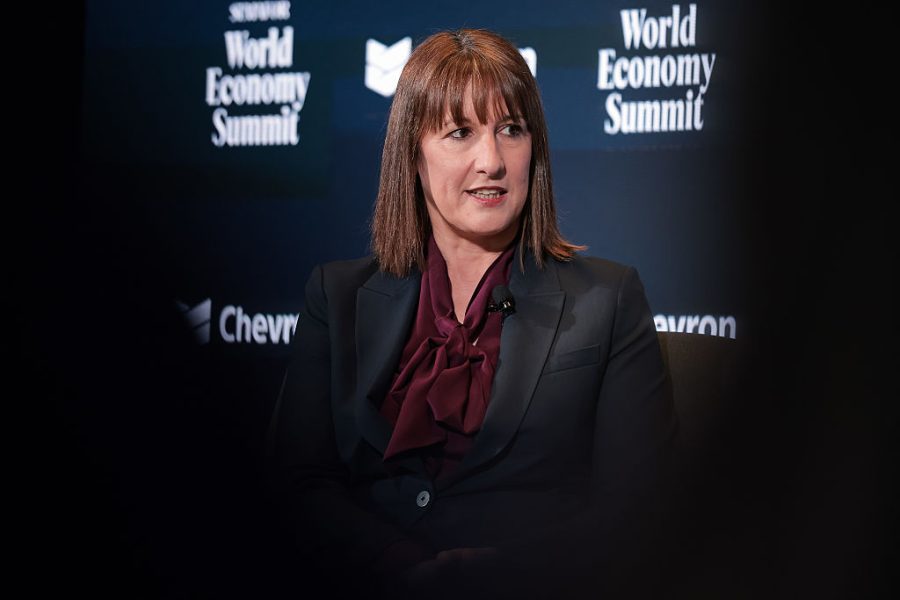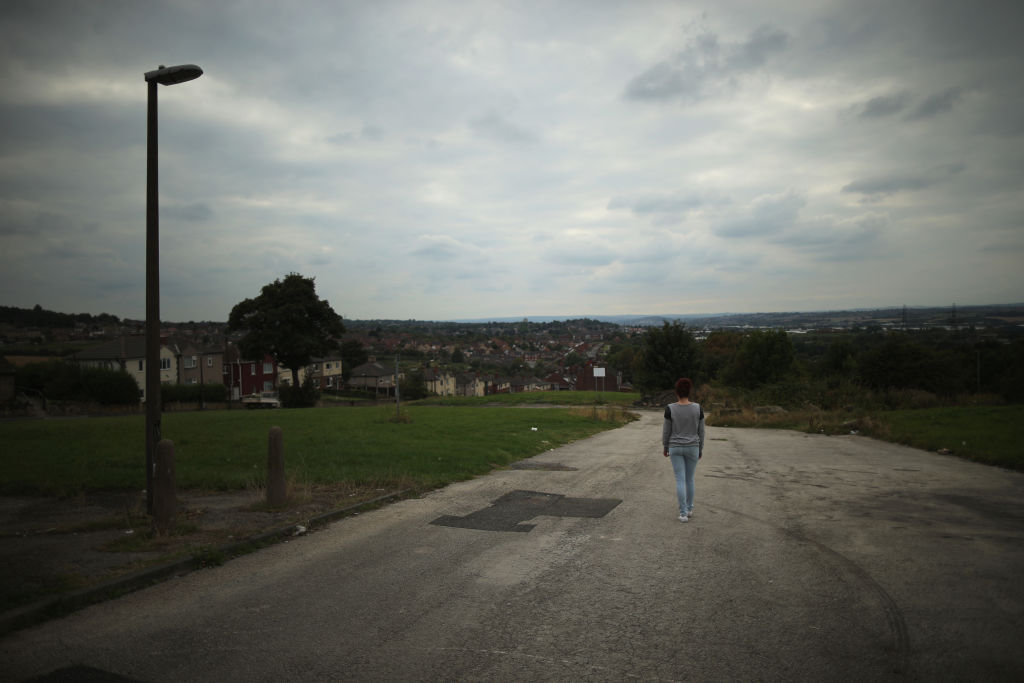There is no positive spin to be put on this morning’s inflation figures, which show the Consumer Prices Index (CPI) rising from 2.6 per cent to 3.5 per cent in a single month. If you want to do the trick of stripping out energy and food prices to arrive at so-called ‘core’ inflation (how you can have a cost of living index which excludes two of the biggest costs faced by households defeats me) the picture is even worse – core inflation is even higher, at 4.5 per cent.
The grim inflation figures are a sign that you cannot get something for nothing
If you want to use the government’s preferred measure, CPIH, which includes an element of housing costs, then that too is higher than CPI, at 4.1 percent. Housing costs, energy costs, food, transport – all are going up – with just a small drop in prices of clothing and footwear, and furniture. Top of the list for price increases, unsurprisingly, is education. Private schools have jacked up their fees for the new term as a result of the introduction of VAT on school fees.
Last month, the CPI came in surprisingly low, giving Rachel Reeves an unexpected boost. March’s figure, however, is now looking like a downwards blip. What is so damaging to the Chancellor is the clear link between inflation and her policies. Many businesses have warned that they would have to increase prices in reaction to the increase in Employers’ National Insurance (NI) – and so they have.
The NI changes are particularly harsh on businesses which employ large numbers of part-time workers: the threshold at which NI becomes payable has fallen from £9,200 to £5,000, drawing many more people into the net. It just so happens that many of the businesses which do rely on part-time workers – namely retailers – have direct influence over prices paid by consumers.
The grim inflation figures are also a sign that you cannot get something for nothing. Average earnings have been running well ahead of inflation for many months, and yet productivity is more or less static. More money chasing the same level of goods and services is a recipe for rising prices. Inflation is the mechanism which ensures we cannot create the economic equivalent of a perpetual motion machine – i.e. make ourselves richer by the simple expedient of paying ourselves more when we are not producing more. The cost of last year’s extravagant public sector pay rises is becoming clear – not only have they pushed up taxes; they are pushing up inflation, too. This won’t be the end, though – having had their demands met once, public sector unions are gearing up for yet more fat pay demands this year, too.
Where does this leave the Bank of England, which was expected to make at least two more cuts to the base rate this year? It is beginning to look as if the Monetary Policy Committee (MPC) may be caught out again, just as it was in 2021 when it failed to spot the inflationary surge coming – in May of that year it forecast that the CPI would rise no higher than 2 per cent, yet in the event it reached 11 per cent. Over the past few months the MPC has begun to look very doveish on interest rates (with the exception of one or two members). Suddenly, reducing rates at a time when inflation is rising is beginning to look not very clever.








Comments